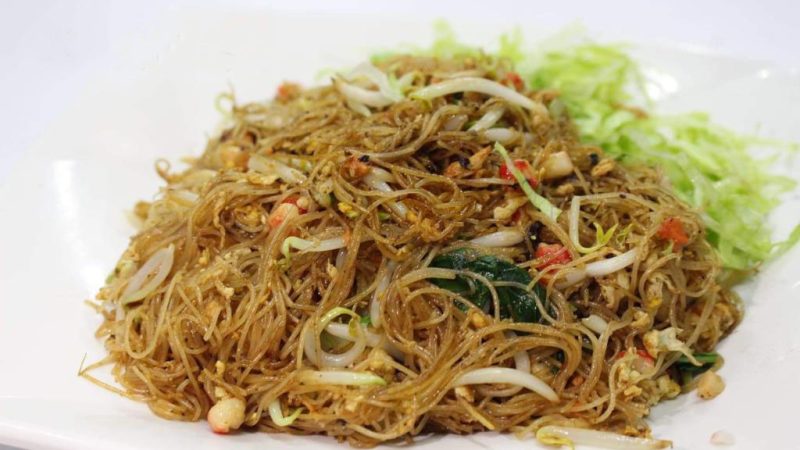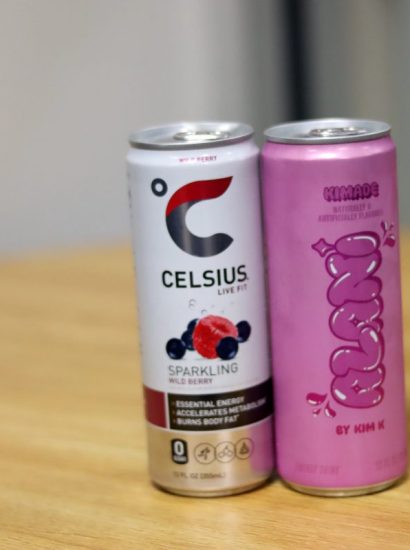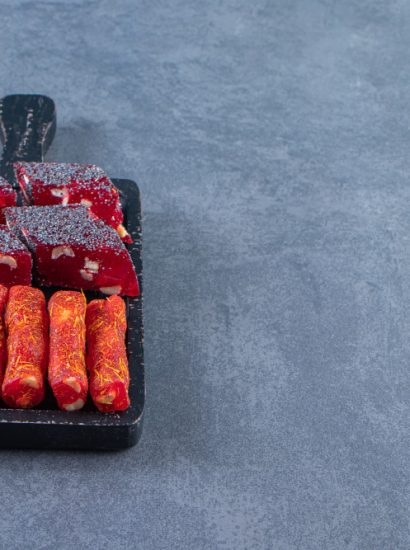Sin Chow Bee Hoon is a beloved variation of stir-fried rice vermicelli commonly found in Singapore and Malaysia. With layers of umami, freshness, and spices, it stands out from other noodle dishes. In this article, we’ll explore its cultural roots, essential ingredients, step-by-step cooking, flavor variations, nutritional benefits, where to find it, cooking tips, and more. Plus, you’ll get answers to five FAQs at the end.
Origins and Cultural Significance
Sin Chow Bee Hoon traces its heritage back to China dialects—“Sin Chow” translating roughly to “new town” in Hokkien. Legend places its origin in Sin Chow village near Xiamen, Fujian province. As Chinese immigrants settled in Southeast Asia, they brought this rice noodle tradition along, adapting it to local tastes and ingredients.
Today, in Singapore and Malaysia, it’s synonymous with hawker culture. Street vendors set up early in the morning, stirring fragrant bee hoon in massive woks. Each stall keeps their own recipe—some add sambal chili for heat, others include seafood or Chinese sausages for richness. It’s this adaptability and heartwarming comfort that cement its place as a neighborhood favorite.
Core Ingredients That Make It Shine
Here’s what typically goes into a classic plate of Sin Chow Bee Hoon:
- Rice Vermicelli (Bee Hoon): Soaked until just tender.
- Proteins: Shrimp, sliced fish cake, or shredded chicken.
- Vegetables: Cabbage, bean sprouts, scallions, chives.
- Flavors & Sauces: Light soy sauce, oyster sauce, a pinch of sugar, and white pepper.
- Aromatics: Garlic, shallots, and sometimes fresh sambal or dried chili.
- Optional Boosters: Fish sauce, lime juice, crispy lard bits, or peanuts.
Despite the simple formula, the key lies in proper wok technique—high heat, quick tossing, and layering of flavors to create a balanced, smoky-sweet meal.
Step-by-Step Cooking Process
Here’s how to create a restaurant-style plate at home:
(a) Soak the Bee Hoon
Place dried vermicelli in warm water for 5–7 minutes until pliable but not mushy. Drain and set aside.
(b) Prep Your Ingredients
- Proteins: Devein shrimp, slice fish cake, shred chicken.
- Veggies: Rough-chop cabbage, rinse bean sprouts, slice scallions.
- Aromatics: Mince garlic and shallots. Optionally, prepare sambal.
(c) Stir-Frying Sequence
- Preheat wok until smoking hot.
- Add oil, then quickly stir-fry garlic and shallots until fragrant.
- Add proteins—cook until almost done.
- Toss in vegetables, spreading them around the wok.
- Push ingredients to the edges and add sauces in the center.
- Add drained bee hoon, quickly toss to coat.
- Add bean sprouts and scallions last for crunch.
- Finish with a dash of white pepper and a squeeze of lime (optional).
(d) Serve
Dish out immediately when noodles sizzle—optional garnishes include chili paste, fried shallots, or cilantro.
Flavor Variations & Regional Twists
Sin Chow Bee Hoon is a canvas of creativity. Here are some regional and personal variations:
Spicy Sambal-Infused
A spoonful of sambal oelek transforms it into a hot and sour sensation loved in Malaysian cafés.
Seafood Deluxe
Shrimp, squid, and sliced fish cake united create a richer, oceanic version.
Vegetarian/Vegan
Use firm tofu or tempeh, add baby corn, snow peas, and mushroom sauce—skip oyster sauce and sambal.
Chinese Sausage Boost
Adding lap cheong (Chinese sausage) brings a smoky-sweet depth to the dish.
Western Fusion
Top it with crispy bacon and a drizzle of lime aioli for a cheeky brunch twist.
Health Benefits & Nutritional Insights
While stir-fried noodles often get unhealthy labels, Sin Chow Bee Hoon can be balanced and nutritious:
- Carbohydrates: Rice vermicelli is gluten-free, and portion control prevents carb overload.
- Protein: Shrimp or chicken provides lean protein. Tofu offers a vegetarian source.
- Vegetables: High-fiber veggies add vitamins, minerals, and volume.
- Fats: Moderate use of oil keeps it heart-friendly. Swapping to olive or light vegetable oil helps.
- Spices: Garlic and chili contain antioxidants and may aid digestion.
To keep it healthy, watch the oil amount and enhance vegetable content—breakfast that nourishes, not just satisfies.
Where to Find Sin Chow Bee Hoon in Southeast Asia
If you’re in Singapore, Malaysia, or visiting Southeast Asia, look for these hotspots:
- Hawker Centers: Places like Tiong Bahru, Maxwell, and Amoy street markets have local legends stirring bee hoon in massive woks each morning.
- Local Kopitiams (Coffee Shops): Community eateries often offer homemade bee hoon, sometimes in creamy coconut versions.
- Food Courts and Hawker Malls: East Coast Lagoon, Marina Bay Link Mall, and Kuala Lumpur’s Imbi Market are good bets.
- Specialty Noodle Stalls: Some hawkers specialize in bee hoon alone—look for queues to find the best.
When ordering, ask about spice levels, protein choices, and whether they use MSG or stocks—preferences can vary.
Tips for Cooking Perfect Sin Chow Bee Hoon at Home
Cooking with a wok at home? Here’s how to get pro results:
- High Heat & Hot Wok: A heated wok prevents noodles from sticking and creates that desirable “wok hei” (breath of the wok).
- Prep Everything First: Stir-frying is fast—mise en place is key.
- Use Enough Oil: A thin film prevents sticking and boosts flavor.
- Resist Overcrowding: Cook in batches if needed to preserve high temperature.
- Use Quick-Cooking Veggies: Bean sprouts and scallions stay crisp—longer cooking greens go in early.
- Master Your Sauce Mix: Light soy + oyster sauce + sugar + white pepper is a classic combo.
- Don’t Overcook Noodles: Ideally, they should heat through and absorb flavor without breaking.
With practice and these tips, you’ll soon match hawker-style bee hoon at home.
Conclusion
Sin Chow Bee Hoon may look simple, but it’s a culinary gem—rooted in Southeast Asian tradition, balanced in flavor, customizable, and surprisingly flexible for modern diets. From smoky wok finesse to spicy sambal twists, veggie- or protein-forward versions, and gluten-free potential, it checks all the boxes.
Whether enjoyed on a Singapore street corner, re-created in your kitchen, or elevated in fusion cuisine, this stir-fried rice vermicelli classic captures imagination—and every plate tells a flavorful story.
FAQs
1. Is Sin Chow Bee Hoon spicy?
Not by default—it’s typically mild, flavored with garlic, soy, and oyster sauce. But you can spice it up with sambal or chili paste.
2. Can I make Sin Chow Bee Hoon gluten-free?
Yes. Use tamari or gluten-free soy sauce, and ensure oyster-style sauces are also gluten-free. The rice noodles are naturally gluten-free.
3. What can I substitute for rice vermicelli?
Options include flat rice noodles (hor fun), flat wheat noodles, or spiralized vegetables for a lower-carb alternative.
4. How long does soaked bee hoon last before cooking?
Use it right away after draining. If you must wait, toss with a small amount of oil to prevent sticking.
5. Can I meal-prep Sin Chow Bee Hoon?
You can store cooked bee hoon in the fridge for 2–3 days. Reheat with a splash of water or stock to restore moisture. If adding sensitive veggies like bean sprouts, cook them fresh after reheating.
Also read: Best Places to Study in Orchard: Quiet Cafes, Libraries & Hidden Gems









